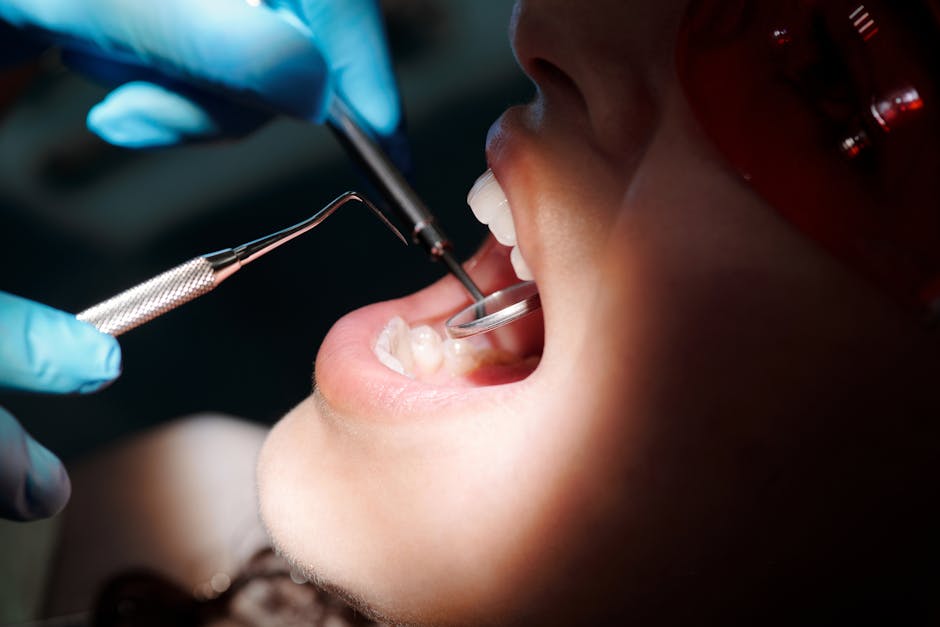Definition and Importance of Biocompatible Dental Materials
Definition and Importance of Biocompatible Dental Materials
Blog Article

In the realm of dentistry, the materials used in various procedures play a crucial role in ensuring patient health and comfort. biocompatible dental materials are designed to interact positively with biological tissues, minimizing the risk of adverse reactions. This characteristic is essential for the success of dental treatments, as it directly affects not only the longevity of dental restorations but also the overall well-being of patients. In this article, we will explore the definition and importance of biocompatible materials used in dentistry, delve into the types of these materials and their applications, and discuss the benefits of their use in dental procedures.
Definition and Importance of Biocompatible Dental Materials
Biocompatible dental materials are substances that can safely coexist with biological tissues without causing harm or triggering an immune response. This compatibility is vital in ensuring that dental restorations, implants, and other devices function effectively while promoting healing and minimizing discomfort for patients. The significance of these materials lies in their ability to support oral health while reducing the risk of complications, such as infection or allergic reactions.
Types of Biocompatible Dental Materials and Their Applications
There is a wide variety of biocompatible dental materials, each with unique properties that make them suitable for different applications in dentistry. Here are some of the most common types:
Ceramics
Ceramics are widely used in dentistry due to their excellent aesthetic qualities and biocompatibility. Materials such as porcelain are often utilized for crowns, veneers, and bridges because they can closely mimic the appearance of natural teeth. Their hardness and resistance to wear also make them ideal for areas of high stress, ensuring durability in dental restorations.
Composites
Composite resins are another popular choice in restorative dentistry. These materials consist of a mixture of resin and filler particles, allowing for a customizable approach in terms of shade and viscosity. They are often used for fillings, bonding procedures, and aesthetic restorations. Their ability to bond chemically with tooth structure enhances retention and reduces the risk of secondary caries.
Metals
Various metals, such as titanium and certain alloys, are utilized in dental implants and prosthetics due to their strength and biocompatibility. Titanium, in particular, is favored for implants because it integrates well with bone tissue, promoting stability and longevity. Metal materials are also used in crowns and bridges, providing robust support in areas that require additional strength.
Benefits of Using Biocompatible Materials in Dental Procedures
The use of biocompatible materials in dentistry offers numerous benefits that enhance patient care and treatment outcomes. One of the primary advantages is the reduction in the likelihood of allergic reactions or complications associated with non-biocompatible materials. Patients can feel secure knowing that the materials used in their dental procedures are designed to promote harmony with their biological systems.
Additionally, biocompatible dental materials often contribute to better long-term outcomes. For instance, using materials that integrate well with natural tissues can improve the success rates of dental implants and restorations. This integration not only supports the structural integrity of the dental work but also aids in the natural healing process.
Furthermore, patients often report increased comfort when biocompatible materials are used. This is particularly true for restorative procedures, where the aesthetic and functional qualities of the materials can significantly enhance the overall patient experience. For those seeking more information on biocompatible dental materials and their applications, resources such as Inspo Dental can provide valuable insights.
In conclusion, biocompatible dental materials are essential in modern dentistry, playing a critical role in ensuring successful treatment outcomes while prioritizing patient safety and comfort. Understanding the various types and their applications can empower both dental professionals and patients to make informed decisions about dental care.
Report this page